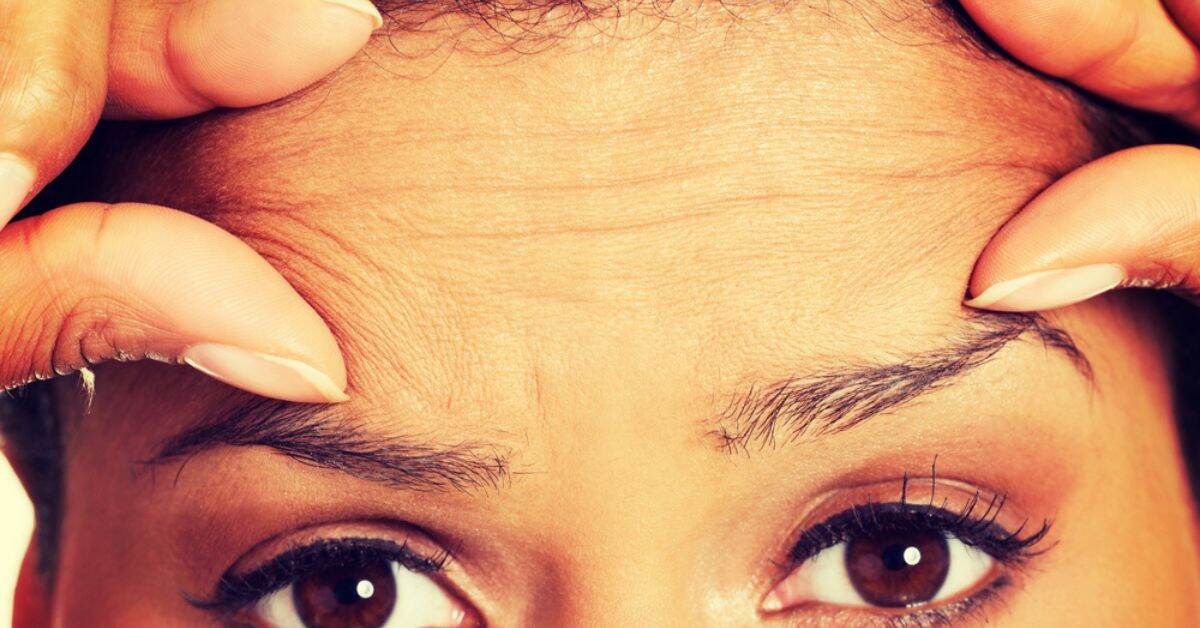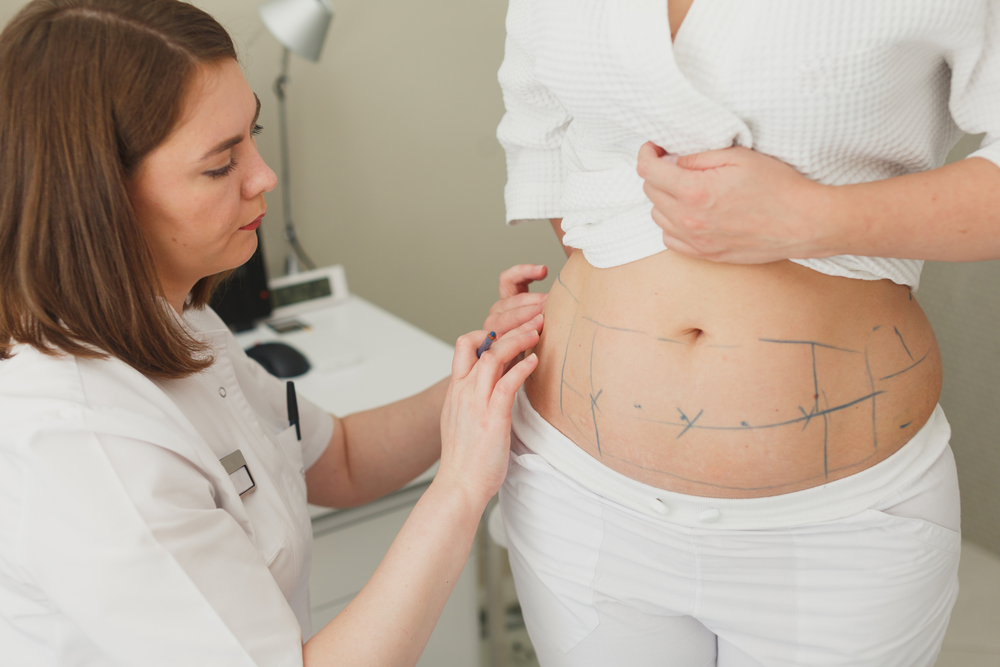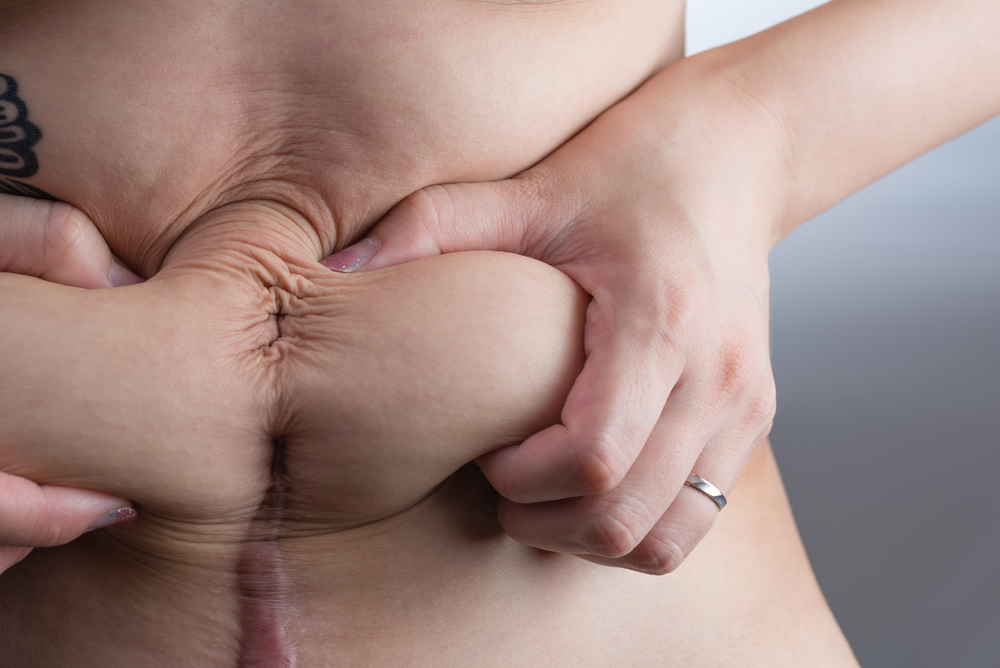- The majority of patients looking to have their brows raised are between 51-64 years of age
- There are many different brow lift techniques
- A brow lift is most often performed without any major complications
There is a cosmetic procedure that can reverse these effects of gravity and aging — the brow lift, otherwise known as a forehead lift or browplasty. We asked Dr. R. Brannon Claytor, a prominent plastic surgeon based in Bryn Mawr, PA to answer some the most frequently asked questions on this popular procedure.
What is a brow lift?
A brow lift is a surgical procedure designed to smooth out forehead wrinkles and raise sagging skin in the upper third of the face. As a result patients look friendlier, happier, and more youthful.
“Most often a brow lift is needed as a result of excessive animation, or in other words, excessive movement of the face with facial expressions,” says Dr. Claytor. “It is unfortunate because often it’s the happy and vibrant patients who suffer the greatest animation deformities, resulting in significant brow descent.”
Is it a common procedure?
According to the American Society of Aesthetic Plastic Surgery, the brow lift comes in 12th in popularity among surgical procedures. Overall, there were an impressive 33,703 procedures conducted in 2016.
Because this is a procedure that addresses the gravitational effects of aging, people at an earlier age (19-34) don’t generally seek out a brow lift. The majority of patients are between 51-64 years of age, followed equally by the 35-50s and 65+ age groups.
Do men get brow lifts?
On the whole, the procedure is far more common in women (89.9%) than men (10.1%). According to Dr. Claytor, women are the larger majority because of gender perceptions derived from deeply embedded societal norms.
“For men, the low brow position is much more socially acceptable, says Dr. Claytor. “The stern or furled brow position in men connotes a characteristic that may be perceived as one of intense thought or concentration. But for women this isn’t the case.”
“A lower descendant brow position in women tends to convey anger of displeasure,” he adds. “Society attributes a nurturing and supportive role to women — we are hardwired to seek approval and praise from ‘mother figures.’ Instinctively, seeing a woman with a disapproving or scowling brow can make us feel uncertain or possibly even uncomfortable. Since women are frequently judged on their appearance, a welcoming or pleasant facial expression can have a more positive impact.”
Who can benefit from a brow lift?
You could benefit from a brow lift if:
- The outside of your brow is sagging
- You have an angry, stern or sad expression
- You have deep wrinkles, furrows or frown lines in the forehead area
- The central area of your brow hangs down heavily
- Your eyebrows droop over your upper eyelids
Who is an ideal candidate for a brow lift?
The ideal candidate:
- Has facial atrophy and loss of vertical lift to the forehead and brow region
- Is healthy and practices good skincare with sunscreen
- Is already seeing an aesthetician for maintenance therapy
- Doesn’t smoke, as smoking will result in worsening of scars and increase the risk of wound complications
- Is willing to undergo a surgical procedure
- Has seen an ophthalmologist to evaluate possible visual field defects
How is the procedure performed?
“There are a many different brow lift techniques,” says Dr. Claytor. And thankfully, those techniques have significantly evolved in recent years.
Coronal brow lift
Also known as the open brow lift, classic brow lift, or trichophytic brow lift — involves a very long incision almost from ear to ear, with direct skin excision (removal), either in the hair bearing region or just at the brow line. One downside of this operation is that it leaves a very large and potentially noticeable scar. Another downside is it may also result in areas of numbness on the scalp
Endoscopic lift
This involves two or three small incisions in the scalp region, and surgical dissection using an endoscope — a long, thin tube with a light at the end attached to a small camera — to release the attachments for the brow. The lift or elevation of the brow is done beneath the skin, and the anchoring of the brow lift is performed either with sutures or with absorbable implants. While this technique is much less invasive, the downside is that its ability to provide significant elevation is often minimal.
‘Mini’ brow lift
The incision site for this procedure is at the transition from the forehead to hair bearing region in the upper, outside area of the brow, which is often where the the most significant elevation is necessary. This dissection is done in a similar fashion to the coronal lift, however the incisions do not cross the central forehead but stay to the sides of the face/hair region. This means that scarring is potentially minimized, which is always a concern for patients.
What are the potential complications and side effects?
While some swelling and minor bruising is to be expected, a brow lift is most often performed without any major complications. However, there are a few potential side effects to be aware of.
Loss of sensation
Sensation in the scalp may be reduced initially, and for up to a year following the procedure. As the nerves start to reawaken, itching of the scalp is to be expected.
However, because the nerves to the scalp originate just above the eye sockets and continue up onto the forehead and into the scalp, numbness in the scalp region can be one potential side effect that remains in the long term. Unfortunately, these nerves run at a very superficial level so often they can’t be avoided when performing surgical procedures in the area.
Scarring
Another unwanted side effect is noticeable scars from the procedure, depending on the surgical technique selected. Postoperative wound care may include massage scar creams, laser treatments, and in some cases microneedling. Your surgeon will provide you with detailed instructions to help ensure you get the best results.
Assymetry
Dr. Claytor informs of a third side effect that can leave patients with unexpected results — brows that are not identical on both sides. “Postsurgically brow asymmetries can be magnified or become apparent in ways that are undesirable,” says Dr. Claytor. Therefore, your surgeon will aim to identify the asymmetries prior to surgical treatment.
Overcorrection
Lastly, choosing a surgeon who has performed brow lift surgeries with natural-looking results is important, as overcorrection can result in a “windblown or perpetual state of surprise for the patient, which would be aesthetically undesirable and is challenging to correct,” adds Dr. Claytor.
How long does recovery take?
Though the brow lift can be performed in solo, it is most frequently performed in conjunction with a facelift or blepharoplasty (eyelid surgery). Therefore, your recovery time will depend on the total number of procedures performed.
Local anesthesia and sedatives are commonly administered, but surgery can also be performed under general anesthesia.
“Numbing medication is frequently injected at the time of surgery. This results in diminished discomfort in the immediate postoperative period,” advises Dr. Claytor. “However, as this numbing medication wears off the patient should feel comfortable taking the prescribed oral pain medication, to help minimize any further discomfort.”
“Bandages are often removed on postop day one and the patient is allowed to shower,” continues Dr. Claytor. “At one week post procedure, patients can expect incremental improvement and increased activity is frequently allowed.”
For instance, during the first week you can perform normal everyday activities such as cooking, and walking to aid circulation. However, you should avoid heavy lifting or strenuous activities. And it’s also recommended you take time off from work so you can relax and recover.
You’ll be able to drive in the second or third week, when you can respond and turn quickly with comfort. And within a month you should be able to resume all your normal activities, while avoiding physical overexertion.
What is the cost of a brow lift?
The average cost of a brow lift is $3,000 – $4,000.









